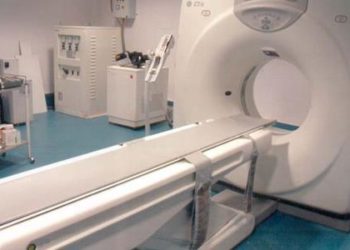Early induction of labour reduces shoulder dystocia rates in large for gestational age fetuses
1. Shoulder dystocia was less common in the early induction group compared to standard care.
2. Serious adverse events were comparable between the two groups.
Evidence Rating Level: 1 (Excellent)
Study Rundown: Shoulder dystocia is a serious childbirth complication that may be more likely in large for gestational age (LGA) infants. Although early delivery could potentially lower birthweight and reduce complications, it may also introduce other risks. This randomized controlled trial aimed to determine whether inducing labour between 38+0 and 38+4 weeks in women with suspected LGA fetuses lowers the risk of shoulder dystocia compared to standard care. The primary outcome of this study was the incidence of shoulder dystocia, while a key secondary outcome was differences in gestational age and birthweight at delivery. According to study results, there was a lower risk of shoulder dystocia with early induction in the per-protocol analysis of infants born between 38+0 and 38+4 weeks of gestation. Although this study was well done, it was limited by a higher-than-expected rate of early deliveries in the standard care group.
Click to read the study in The Lancet
Relevant Reading: Lower versus Higher Glycemic Criteria for Diagnosis of Gestational Diabetes
In-depth [randomized controlled trial]: Between Jun 8, 2018, and Oct 25, 2022, 25,129 patients were assessed for eligibility across 106 hospitals in England, Scotland, and Wales. Included were patients ≥ 18 years with a singleton, large for gestational age pregnancy (≥ 90 percentile between 35+0- and 38+0-weeks’ gestation). A total of 2,893 patients (1,447 in early induction and 1,446 in standard care) were included in the final analysis. The primary outcome of shoulder dystocia showed a significant reduction in early induction compared to standard care in the per-protocol analysis (2.3% vs. 3.7%, RR 0.62, p=0.019). Serious adverse events were comparable in both groups, with one reported death each in the induction and standard care groups. Findings from this study suggest that early induction at 38+0 to 38+4 weeks may reduce the risk of shoulder dystocia in patients with suspected LGA fetuses.
Image: PD
©2025 2 Minute Medicine, Inc. All rights reserved. No works may be reproduced without expressed written consent from 2 Minute Medicine, Inc. Inquire about licensing here. No article should be construed as medical advice and is not intended as such by the authors or by 2 Minute Medicine, Inc.









